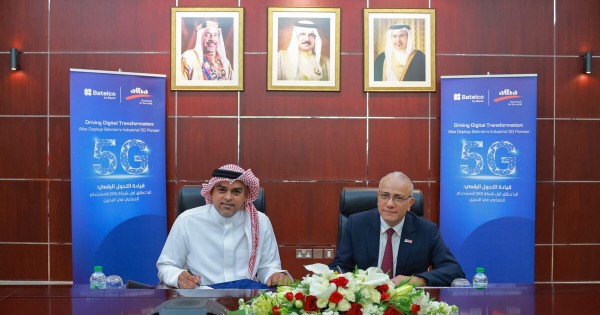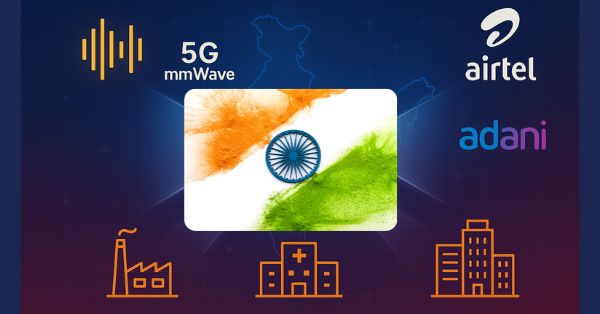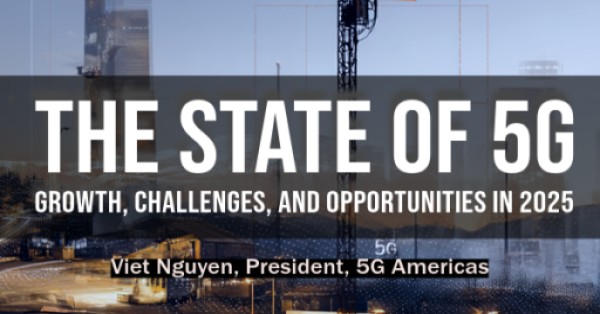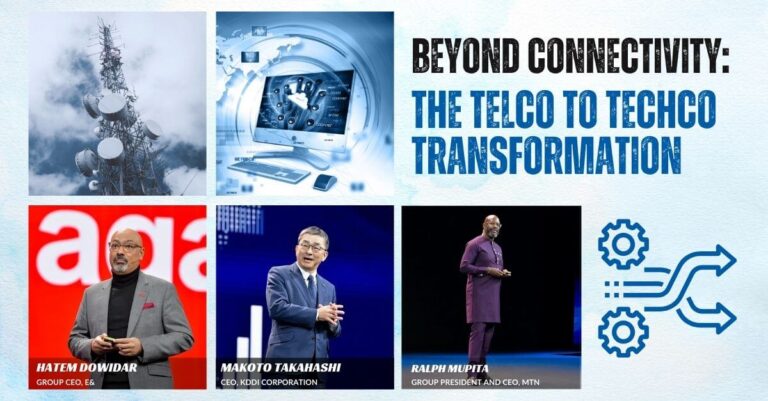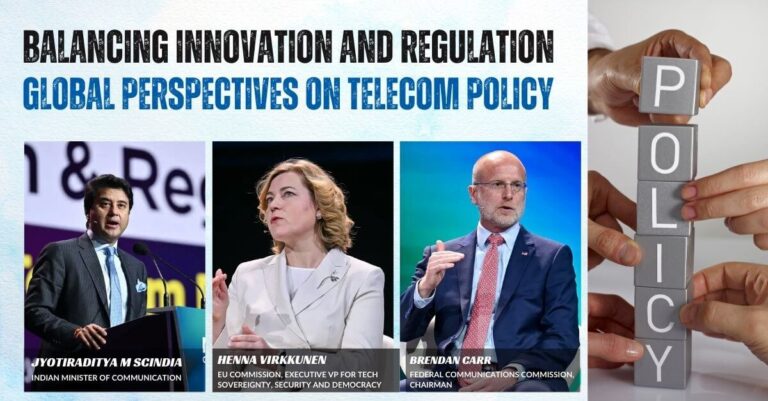Satellite and non-terrestrial networks (NTN) are rapidly transforming the landscape of global telecommunications. What was once a niche area reserved for specialized use cases is now becoming central to the future of mobile connectivity, enterprise infrastructure, and digital inclusion. The momentum behind this shift is being driven by a convergence of technologies, new standards, and a growing appetite for broader, more resilient coverage.
Why Satellite Connectivity Is Now Critical for Telecom Growth
The integration of space-based and terrestrial networks is no longer just a futuristic vision — it’s a strategic necessity. There are several key forces fueling this convergence:
- Persistent coverage gaps, especially in remote and rural regions.
- The demand for reliable emergency and disaster response connectivity.
- The need for new revenue opportunities in a mature telecom industry.
- The inclusion of NTN standards in global technology frameworks like 3GPP, which expands compatibility and market potential.
LEO Satellite Boom: How the Sky Got Crowded
Over the past decade, space has become increasingly crowded with new satellite deployments, particularly in low Earth orbit (LEO). A major turning point occurred in 2016 when satellite mega-constellations began securing launch approvals. Since then, public launch plans have revealed that satellite capacity is expected to grow four to five times beyond today’s levels.
This surge enables more extensive, faster, and more reliable global coverage — opening new frontiers for mobile operators, governments, and enterprises alike.
Global Telecom Embraces Satellite: 5 Billion Subscribers and Counting
Currently, around 90 mobile network operators globally have established partnerships with satellite providers. These partnerships now represent an addressable market of roughly 60% of the world’s mobile subscribers — equivalent to about 5 billion people.
While the Asia-Pacific region leads in adoption, this is a truly global trend, with rapid developments in the Americas, Europe, and Africa as well. Within the next year, this share is expected to grow to over 80% of the global mobile user base.
Satellite Services Shift from Testing to Global Rollout
Most partnerships are still in the testing and validation phase, but the industry is poised to shift into commercial rollouts in late 2024 and throughout 2025. As satellite constellations come online, services will transition from pilot projects to full-scale deployments, bringing significant changes to global mobile connectivity.
Direct-to-Device Satellite: The Next Big Leap in Mobile Connectivity
One of the most exciting developments is the emergence of direct-to-device (D2D) satellite communication — allowing ordinary smartphones to connect to satellites without needing dishes or special terminals. Once a speculative concept, D2D has now become a strategic priority, with more than half of leading satellite players actively developing or offering such services.
This innovation is particularly impactful in underserved markets, where infrastructure costs have traditionally made it uneconomical to reach the last 10% of users. D2D makes it easier, faster, and more affordable to expand coverage.
Enterprise Satellite Connectivity: A $10B Opportunity
While consumer applications often dominate the conversation, satellite connectivity holds enormous potential for industrial and enterprise use cases:
- Remote monitoring of oil rigs, offshore wind farms, and mines.
- Use of drones for agricultural or environmental data gathering.
- Emergency response systems and IoT deployments in hard-to-reach regions.
An estimated 2 billion IoT devices are already addressable by satellite — a number expected to rise quickly. Businesses have signaled strong interest, often citing the desire for satellite-enhanced connectivity but being previously limited by high costs.
Projections place the enterprise satellite connectivity market at $10 billion annually over the coming years.
How Satellite Connectivity Will Add $30B to Global Telecom by 2035
GSMA Intelligence forecasts suggest that by 2035, satellite-enabled mobile connectivity could generate around $30 billion per year, broken down as follows:
- 65% consumer applications
- 30% enterprise (B2B)
- 5% government and military
This would add roughly 2% to the current global revenue base of the telecom sector — a meaningful growth lever in an industry often searching for new opportunities. The model is predominantly partnership-driven, where telecom operators retain the customer relationship while satellite providers supply wholesale connectivity. This structure enables revenue sharing and rapid scaling without direct competition.
Multi-Partner Strategies Are Powering Telecom’s Satellite Future
Mobile operators are increasingly diversifying their satellite partnerships, with the average operator working with more than one satellite company. This allows them to ensure full geographic coverage and access a variety of technologies.
Although consolidation among satellite players is likely in the future, the trend toward multiple alliances will remain, offering flexibility and minimizing risk for mobile providers.
What Will Shape the Future of NTN and Satellite Innovation?
As the industry moves forward, several big questions will shape its evolution:
- How will technological innovation continue to improve service quality and integration?
- What business models will best support profitability and scalability?
- How will regulatory and spectrum policies evolve to enable this transformation?
These questions will be central to the ongoing development of non-terrestrial connectivity.
Orbital by Design: Satellite’s Central Role in Telecom’s Future
Satellite-based connectivity is no longer just a supplemental solution — it’s becoming a foundational component of the modern telecom ecosystem. Whether connecting the last unserved populations or supporting next-gen industrial applications, NTNs are poised to play a pivotal role in the next decade of digital transformation.
The future is no longer just terrestrial — it’s orbital. And it’s arriving faster than ever.





